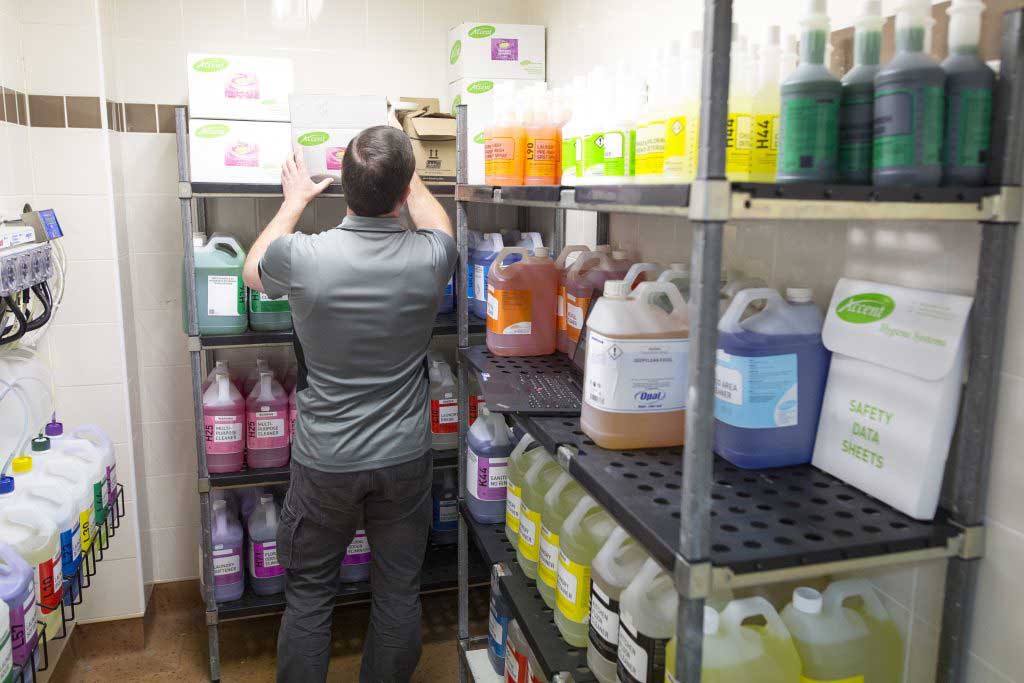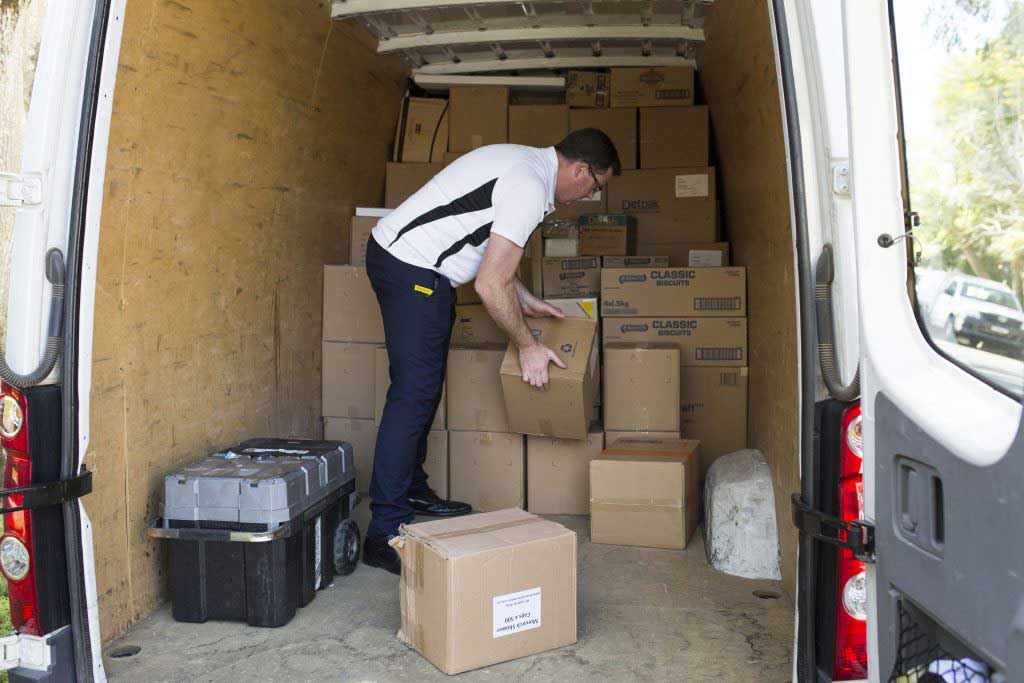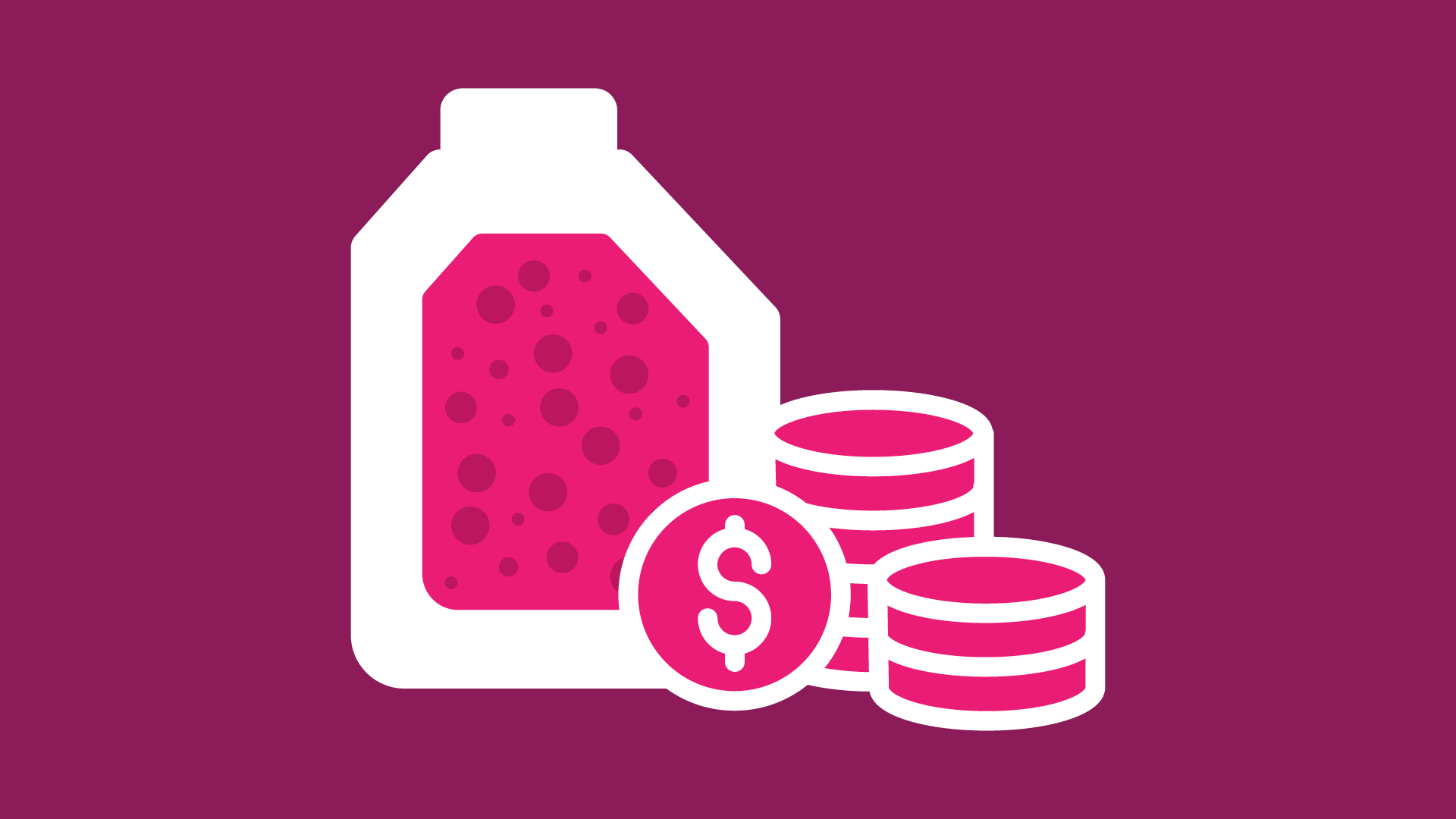Procurement costs in aged care go beyond just the numbers. While most facility managers are focused on reducing the financial cost of the procurement process, it’s worth thinking about the other major cost of inefficiencies – time.
At Veridia, we specialise in aged care and healthcare procurement in Australia. Below, we share insights gathered from the ordering processes of over 100 Aged Care Homes, from large facilities of 500+ beds and multiple sites to smaller family-owned homes with 100 beds. They have one thing in common.
Their procurement processes are costing them.
These are the six time costs you’re overlooking in your consumables procurement.
1. Research

The term time is money is a cliche, but for good reason. It’s a precious resource when it comes to caring for residents each day and keeping a facility running smoothly. From a practical standpoint, wages are the highest cost to any Australian business. It costs you time to research products, evaluate different offerings and compare suppliers, time which could be spent caring for residents.
In our investigation into procurement processes, we came across an Aged Care Facility that was spending 30 minutes on research for each order. This doesn’t seem like much – but when you take into account that they were sending 11 orders to their 3 consumable suppliers per month, that’s five and a half hours a month. This adds up to a lot in the long term. Procurement cost savings can be achieved by streamlining supplier listing and strategically utilising bulk ordering.
2. Checking Stock

Manually checking stock levels is another hidden cost of aged care procurement, impacting staff productivity and direct care time. One aged care facility on NSW’s Central Coast featured a system, where two nurses were responsible for manually completing a weekly stock check on multiple storage areas across five different suppliers.
The stock check would then be written into a paper inventory system, all in all taking over two hours each week away from direct care. This time-cost could be eliminated by implementing an automated inventory management system and streamlining suppliers.
3. Placing Orders

Depending on the size of your facility, small jobs like placing orders for consumables can take up a significant amount of staff time. It may also involve submitting requisitions, receiving and approving them, creating purchase orders, and then sending these through to the supplier.
All in all, it can be a very time-consuming process, and one that can frustrate staff. In one 80 bed Sydney nursing home, two nurses were responsible for placing 12 orders per month, with a lengthy process including system requisitions and two stages of approval.
Once submitted, it needed to be approved twice and confirmed by the supplier. The process was time consuming and increased the risk of mistakes. By consolidating orders through a single supplier, you can eliminate this time burden on staff.
4. Deliveries

Once the delivery arrives, staff on hand at the relevant location must receive the delivery, check the contents against the delivery slip and purchase order, notify several people, potentially liaise with several busy departments, and ultimately distribute the stock to storerooms and stock the shelves.
For one 300-bed facility we studied, this process was complicated by irregular deliveries by four suppliers. Items were delivered to three areas – sometimes the outside storage area was used, sometimes the inside store room, and several times the boxes were dumped on the front reception floor.
This meant that whoever was immediately available had to receive the deliveries and check the paperwork, whether they had time or not, making for a stressful process where the potential for errors was high. Scheduling regular, predictable deliveries from a shorter supplier list is the ideal solution in this scenario.
5. Processing Paperwork

The paperwork certainly doesn’t just stop at the delivery. Once the goods are safely on your shelves, staff must now:
- Record goods receipts
- Reconcile stock codes
- Enter invoices
- Pay invoices
- Submit claims or credits paperwork
One employee at a multi-site Queensland nursing home took 15 minutes to accurately check the stock of a delivery, then 15 minutes to enter the goods receipt and complete the purchase order. He then had to spend 25 minutes per delivery to enter and pay the invoice, fill out a claims form to submit to the Head Office, who would either query the claim or rebate the cost back to the site.
This took up to 3 hours per week away from core responsibilities. Using digital tools to automate invoicing and record-keeping can reduce the time things process takes significantly.
6. Back Orders
Back orders caused by stock shortages cause complications that add additional time and costs to handling deliveries. It can result in extra deliveries, invoices, restocking, distribution and paperwork. These delays can increase stress and put residents at risk due to shortages of protective equipment or essential clinical supplies.
One regional NSW nursing home lost up to 35 hours per quarter chasing up back orders. On average, that’s 11 hours and 40 minutes per month. That’s a lot of time taken away from direct care. The solution? Maintain a buffer stock and build a strong relationship with a reliable supplier.
Tailored Aged Care Procurement Services in Australia
Our research shows that on average, one hour and a quarter is spent by aged care staff on consumable procurement… on every order they place. And this estimation even misses out critical time costs such as research and backorders.
How many consumables orders do you process per month? And how much time is it costing you?
At Veridia, we’re the experts in aged care and healthcare procurement in Australia. To learn more about how we can implement procurement cost savings, call us on 1300 228 222 or contact us online.








